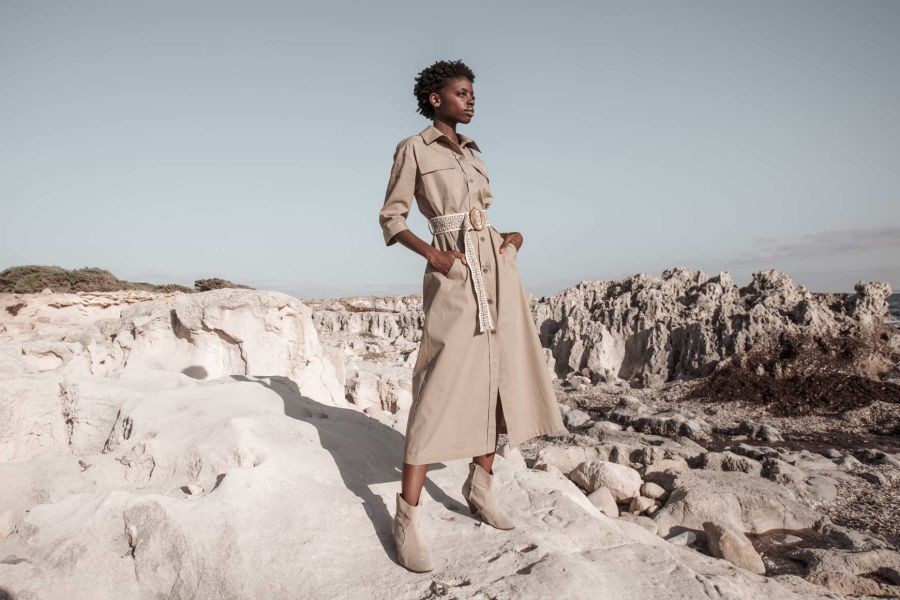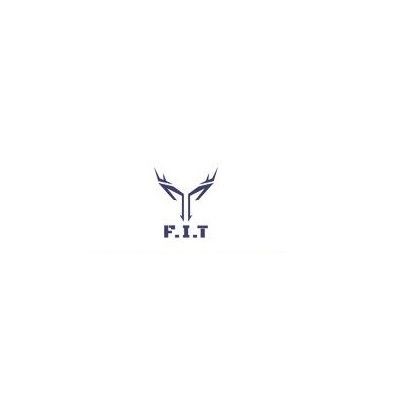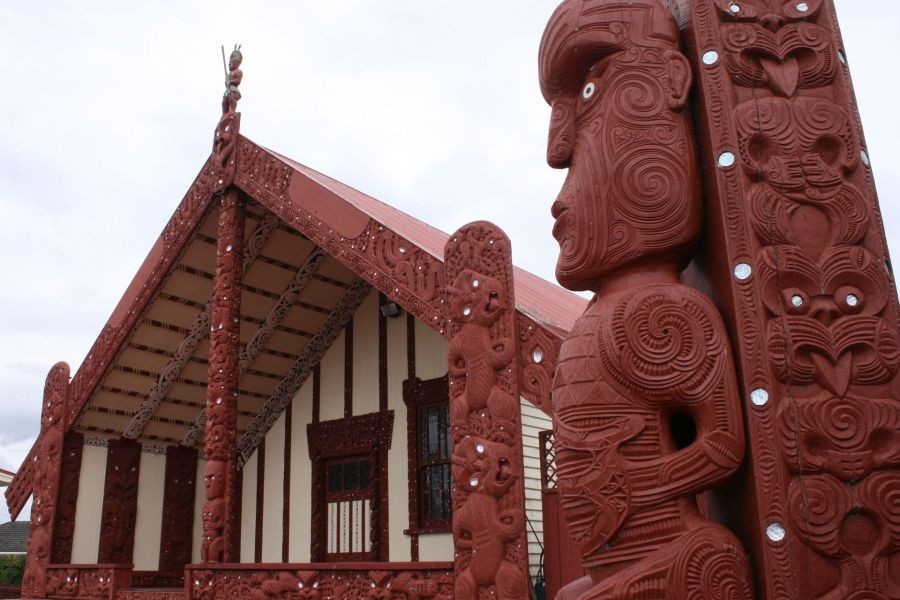Introduction
Imagine a world where the clothes you wear tell a story of sustainability and ethical production. This is not just a distant dream but a growing reality as more consumers, especially in New Zealand, are becoming conscious of the environmental impact of their wardrobes. The fashion industry, notorious for its environmental footprint, is undergoing a transformative shift towards sustainability and ethical practices. In 2019, the New Zealand government launched the "Love NZ" campaign to promote recycling and waste reduction, signaling a national commitment to sustainability. But how can individuals contribute to this movement through their fashion choices? This article delves into creating a sustainable wardrobe with ethical fashion, offering insights and strategies for a conscious Kiwi lifestyle.
As the demand for ethical fashion grows, understanding its implications and benefits becomes crucial for both consumers and businesses. According to Stats NZ, the clothing and textile manufacturing industry contributed approximately NZD 1 billion to the national economy in 2020. This highlights the significant economic impact of fashion, making it essential to explore sustainable alternatives that align with both environmental and economic goals. What strategies can you adopt to ensure your wardrobe reflects your values while supporting the local economy?
Main Sections
The Rise of Ethical Fashion in New Zealand
The fashion industry in New Zealand is increasingly embracing ethical practices, driven by consumer demand and regulatory pressures. The Ministry of Business, Innovation and Employment (MBIE) has reported a noticeable shift towards sustainable production methods, with many local brands adopting eco-friendly materials and ethical labor practices. This transition is supported by government initiatives aimed at reducing environmental impact and promoting sustainable development.
One notable example is Kowtow, a Wellington-based fashion brand that has become a pioneer in sustainable fashion. By using organic cotton and ensuring fair wages for workers, Kowtow has set a benchmark for ethical practices in the industry. Their commitment to sustainability not only resonates with conscious consumers but also enhances their brand reputation, leading to a loyal customer base and increased profitability.
Pros and Cons of a Sustainable Wardrobe
Adopting a sustainable wardrobe comes with its advantages and challenges. Understanding these can help consumers make informed decisions.
✅ Pros:
- Environmental Impact: Sustainable fashion reduces carbon emissions and waste, contributing to environmental conservation.
- Quality and Durability: Ethically produced garments often use high-quality materials, leading to longer-lasting products.
- Positive Brand Image: Supporting ethical brands enhances consumer identity and aligns with personal values.
- Economic Support: Purchasing from local ethical brands supports the domestic economy.
❌ Cons:
- Higher Costs: Sustainable fashion can be more expensive due to ethical labor practices and high-quality materials.
- Limited Availability: Ethical brands may have fewer collections, limiting consumer choices.
- Authenticity Concerns: Not all brands claiming to be sustainable are truly ethical, leading to greenwashing.
Steps to Build a Sustainable Wardrobe
Creating a sustainable wardrobe involves thoughtful decision-making and a commitment to ethical practices. Here are actionable steps to guide you:
- Audit Your Wardrobe: Start by evaluating your current wardrobe. Identify items that align with ethical standards and those that do not.
- Research Brands: Prioritize brands that are transparent about their supply chain and use sustainable materials.
- Opt for Quality Over Quantity: Invest in high-quality pieces that offer longevity, reducing the need for frequent replacements.
- Embrace Second-Hand Shopping: Consider purchasing second-hand clothing to reduce demand for new products and minimize waste.
- Support Local Brands: Buy from New Zealand-based ethical brands to support the local economy and reduce carbon footprint associated with international shipping.
Case Study: Icebreaker’s Journey to Sustainability
Problem: Icebreaker, a leading New Zealand outdoor clothing brand, faced increasing pressure to adopt sustainable practices amidst growing environmental concerns.
Action: Icebreaker committed to a transparency model, detailing their supply chain and using natural fibers like merino wool. They launched the “Transparency Report” to educate consumers about their sustainable practices.
Result: Within a year, Icebreaker reported a 20% increase in consumer trust and a 15% rise in sales. Their commitment to sustainability attracted environmentally conscious consumers, enhancing brand loyalty and market reputation.
Takeaway: Icebreaker’s success underscores the importance of transparency and authentic commitment to sustainability. New Zealand businesses can replicate this model to build trust and drive consumer engagement.
Common Myths & Mistakes
Despite the growing awareness of sustainable fashion, several misconceptions persist. Let’s debunk some of these myths:
- Myth: "Sustainable fashion is always expensive."
- Reality: While some ethical brands may be pricey, many offer affordable options, especially when considering the long-term durability and quality of the garments.
- Myth: "All eco-friendly clothes are made from organic cotton."
- Reality: Sustainable fashion encompasses a variety of materials, including recycled polyester, hemp, and Tencel, each offering unique benefits.
- Myth: "Sustainable fashion is just a trend."
- Reality: With increasing environmental awareness, sustainable fashion is becoming a permanent fixture in the industry, driven by consumer demand and regulatory changes.
What’s your take on these myths? Share your insights below!
Future Trends & Predictions
The future of sustainable fashion in New Zealand looks promising, with several trends poised to reshape the industry. By 2030, it's expected that 70% of New Zealand fashion brands will adopt circular economy practices, reducing waste and promoting recycling. According to a report by Deloitte, the integration of technology, such as blockchain for supply chain transparency, will further enhance trust and accountability in the industry.
Moreover, consumer preferences are shifting towards personalized and customizable fashion, allowing for unique expressions of style while minimizing waste. This trend is expected to drive innovation and collaboration among designers, manufacturers, and retailers.
Conclusion
Creating a sustainable wardrobe with ethical fashion is not just a personal choice but a collective movement towards a better future. By adopting sustainable practices, you contribute to environmental conservation, support local economies, and promote ethical labor practices. Ready to transform your wardrobe? Start by auditing your closet, researching ethical brands, and prioritizing quality over quantity. Join the conversation and share your sustainable fashion journey with us!
People Also Ask (FAQ)
- How does sustainable fashion impact businesses in New Zealand? Sustainable fashion enhances brand reputation and consumer trust, leading to increased sales and market differentiation.
- What are the biggest misconceptions about sustainable fashion? One common myth is that sustainable fashion is too expensive. However, many brands offer affordable, durable options that provide long-term value.
- What are the best strategies for implementing sustainable fashion? Start by auditing your wardrobe, support local ethical brands, and prioritize quality over quantity for a sustainable impact.
Related Search Queries
- Sustainable fashion brands in New Zealand
- How to build a sustainable wardrobe
- Benefits of ethical fashion
- Eco-friendly clothing materials
- Sustainable fashion trends 2024
- How to identify ethical brands
- Impact of fast fashion on the environment
- Recycled clothing in New Zealand
- Organic cotton clothing benefits
- Sustainable fashion vs fast fashion

































RusselDech
8 months ago